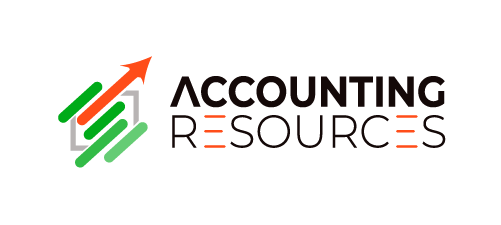In Estonia, employers have the right to cover their employees’ health and sports expenses without paying taxes on these amounts. The benefit limit is up to €400 per person per year.
If your company pays for a gym membership, dental care or a massage worth up to €400 per person annually:
- neither the employer nor the employee pays income tax or social tax on that amount;
- a few rules must be followed.
Key conditions
To ensure these expenses are not treated as a taxable fringe benefit (erisoodustus in Estonian), all of the following conditions must be met:
- Limit: €400 per employee per calendar year, including VAT
Example: if a gym pass costs €48 per month (VAT included), the allowance is used up after eight months.
- Equal access
The benefit must be available to all employees, not just management or long-tenured staff.
- Documentation
Keep invoices, receipts or contracts (in the company’s name, or the employee’s if reimbursed). Without proof, the tax authority may reject the benefit.
- Tracking
Monitor usage per employee, either by payment date or by the period the service was used.
- Voluntary
The employer decides what to cover (gym, dentistry, physiotherapy, private health insurance, etc.).
What qualifies tax-free
The law allows five categories of expenses that can be reimbursed under the €400 allowance:
- Public sporting events. Marathons, running events, and cycling events that are open to anyone. Example: taking part in Tallinna Maraton or Maardu Triatlon.
- Regular exercise and massage.
Gym or pool memberships, yoga, group classes, fitness apps.
Not spa treatments, saunas, or steam rooms—only activities that involve actual physical exercise. - Maintaining an in-house gym.
If the company has its own gym, expenses for cleaning, repairs, utilities, and equipment maintenance can be covered under the allowance. - Medical services.
Dentist, physiotherapist, psychologist, rehabilitation, speech therapist, and nutritionist consultations. The key requirement is that the practitioner is licensed. - Voluntary health insurance.
The employer can pay for an employee’s health insurance policy or reimburse its cost.
You can mix categories (e.g., €100 gym + €200 dentist + €100 insurance = €400).
If you exceed €400
If you pay an employee more than €400 per year, the excess is taxed as a regular fringe benefit (erisoodustus).
The tax on the special benefit is calculated as follows (example of a €200 excess):
- Income tax = 22/78 × amount of the benefit. Example: 22/78 × €200 = €56.41.
- Social tax base = benefit amount + income tax on the special benefit = 200 + 56.41= 256,41 €.
- Social tax = 33% × 256.41 = 84,62 €.
- Total taxes: 56,41 + 84,62 = 141,03 €.
That is, if you pay an employee €200 over the limit, the taxes will be about €141 — almost as much as the benefit itself. So it’s important not to exceed the limit.
How to set it up in practice
- Approve an internal rule (e.g., in work regulations or a separate
document) that the company reimburses up to €400 per year for health/sport.
- Tell employees they must keep receipts and submit them for
reimbursement.
- Track it for each person.
- Record the expenses in accounting as “health and sports expenses.”
- Make sure the limit is not exceeded — then there will be no taxes.
Conclusion
💡 Up to €400 per year per person can be spent on health and sports tax-free, if you have documents, tracking, and equal terms for everyone. The main thing is not to exceed the limit and not to confuse it with personal purchases (e.g., shoes or spa).

